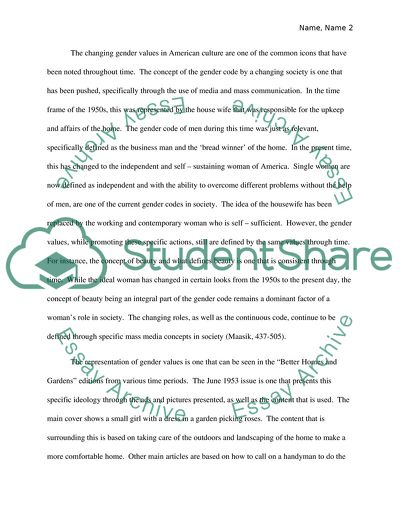Cite this document
(Changing American Icons in Popular Culture Essay, n.d.)
Changing American Icons in Popular Culture Essay. https://studentshare.org/culture/1733104-popular-magazine-vs-old-magazine
Changing American Icons in Popular Culture Essay. https://studentshare.org/culture/1733104-popular-magazine-vs-old-magazine
(Changing American Icons in Popular Culture Essay)
Changing American Icons in Popular Culture Essay. https://studentshare.org/culture/1733104-popular-magazine-vs-old-magazine.
Changing American Icons in Popular Culture Essay. https://studentshare.org/culture/1733104-popular-magazine-vs-old-magazine.
“Changing American Icons in Popular Culture Essay”. https://studentshare.org/culture/1733104-popular-magazine-vs-old-magazine.


